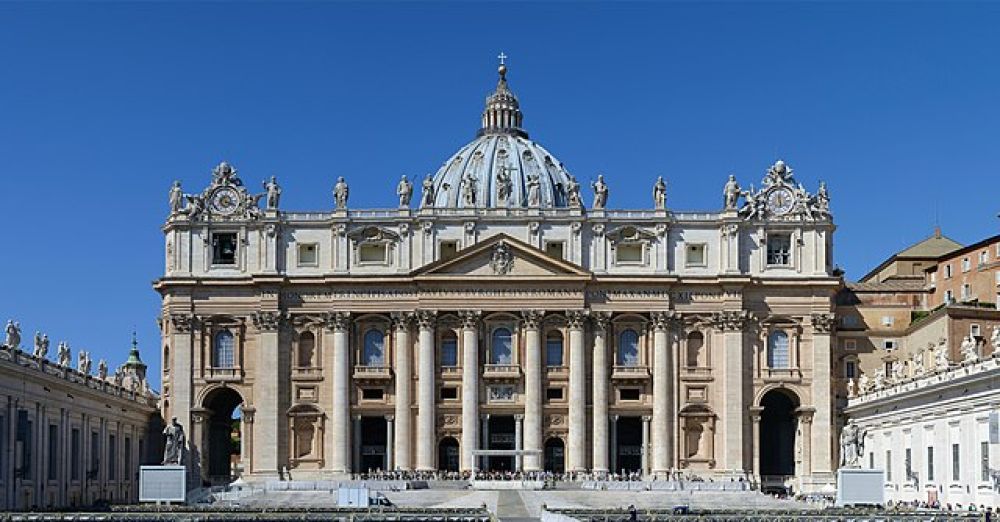

The history of tourism at St. Peter's Basilica in Rome is as rich and impressive as the Basilica itself. As one of the holiest sites in Christendom and an architectural masterpiece, St. Peter's Basilica has attracted pilgrims and travelers from around the globe for centuries.
The origins of St. Peter's Basilica date back to the time of Roman Emperor Constantine the Great. The first basilica was consecrated in 326 AD over what is traditionally considered to be the burial site of St. Peter, one of Christ's Apostles and the first Pope. Since then, it has been a major destination for religious pilgrims. The Basilica's significance as a site for pilgrimage grew immensely during the Middle Ages, and it became one of the key stops on the pilgrimage routes to Rome.
Interest in the Basilica surged dramatically during the Renaissance when the current structure was designed to replace the ancient church. Under the patronage of Pope Julius II, architect Donato Bramante laid out the plans for the new edifice, with significant contributions from other notable Renaissance figures such as Michelangelo and Raphael. Later, the baroque genius Gian Lorenzo Bernini added his touch with the stunning St. Peter's Square, further enhancing the site's magnificence and allure. The new Basilica was completed in the 17th century and has since been an icon of the Roman skyline, continuing to draw tourists with its awe-inspiring architecture and religious significance.
In the modern era, the advent of leisure travel and mass transportation made St. Peter's Basilica more accessible to the general public than ever before. The 19th and 20th centuries saw a significant increase in both religious and secular tourists who wished to experience the grandeur of the Vatican. With Rome's establishment as both a modern capital city and a repository of immense historical treasures, St. Peter's Basilica became a must-see for anyone visiting Italy.
Recent trends in tourism at St. Peter's Basilica reflect the growing interest in cultural heritage and experiential travel. With visitors seeking deeper understanding and connection with the destinations they visit, guided tours and educational programs have become increasingly popular. Virtual reality experiences and interactive multimedia are utilized to bring history to life and cater to a tech-savvy generation of travelers.
Moreover, the rise of social media has played a significant role in shaping the recent tourism landscape. Images of St. Peter's Basilica and its magnificent artistry are widely shared, inspiring a new audience to experience its grandeur in person.
As tourism faces the challenges of sustainability and conservation, efforts are being made to preserve the integrity of St. Peter's Basilica while accommodating millions of visitors each year. Sustainable tourism initiatives and crowd management strategies are increasingly important to ensure the Basilica and its surroundings remain a beacon of cultural and historical significance for generations to come.